In a bold move, Myanmar’s opposition group, the National Unity Government (NUG), claimed responsibility for a rare mass drone attack on the military junta’s heavily guarded capital, Nay Pyi Taw. The attack targeted the Airport, air force base, and army headquarters, marking a significant escalation in the country’s ongoing three-year civil war, reports the BBC.
Background
Myanmar has been embroiled in a civil war since the military coup in 2021, which toppled the elected civilian government led by Aung San Suu Kyi. The NUG, which represents the ousted government, has been fighting alongside other opposition groups to regain control of the country. The conflict has resulted in thousands of deaths and the displacement of approximately 2.6 million people, according to UN estimates.
The Drone Attack
The NUG reported deploying 29 drones armed with explosives to carry out the attack on Nay Pyi Taw. The military junta claimed to have intercepted the drones, shooting down seven, with one exploding on a runway. Despite the attack, the junta reported no casualties.
Mg Mg Swe, the NUG’s deputy secretary, stated that the drone operations were “synchronised” and “simultaneously executed” against both the military headquarters and Alar air base. The attack underscores the growing capabilities of the resistance groups in their fight against the military regime.
Resistance Groups Gain Ground
The drone attack comes amidst reports that resistance forces now control more than 60% of Myanmar’s territory. In October 2022, an alliance of ethnic insurgents dealt a significant blow to the junta by overrunning dozens of military outposts along the borders with India and China. The regime has also lost substantial territory to insurgents along the Bangladesh and Indian borders.
Junta’s Diminishing Control
In response to the mounting pressure from resistance groups, the junta has enforced mandatory conscription for men aged 18 to 35 and women aged 18 to 27. This move, along with reports of high defection rates, suggests that the military’s grip on the country is weakening. However, the Tatmadaw still maintains a significant advantage in terms of weapons and advanced firepower compared to the resistance fighter groups.
The drone attack on Myanmar’s military-ruled capital marks a significant escalation in the ongoing civil war between the junta and opposition groups. As resistance forces continue to gain ground and the military’s control diminishes, the conflict shows no signs of abating. The international community must remain vigilant and support efforts to restore democracy and end the violence in Myanmar.
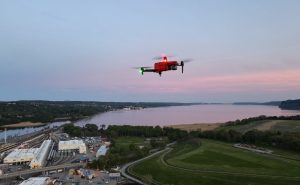
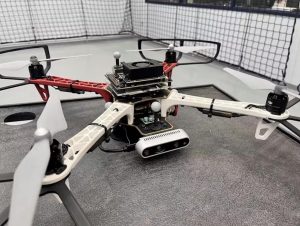

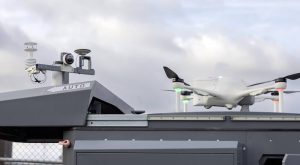





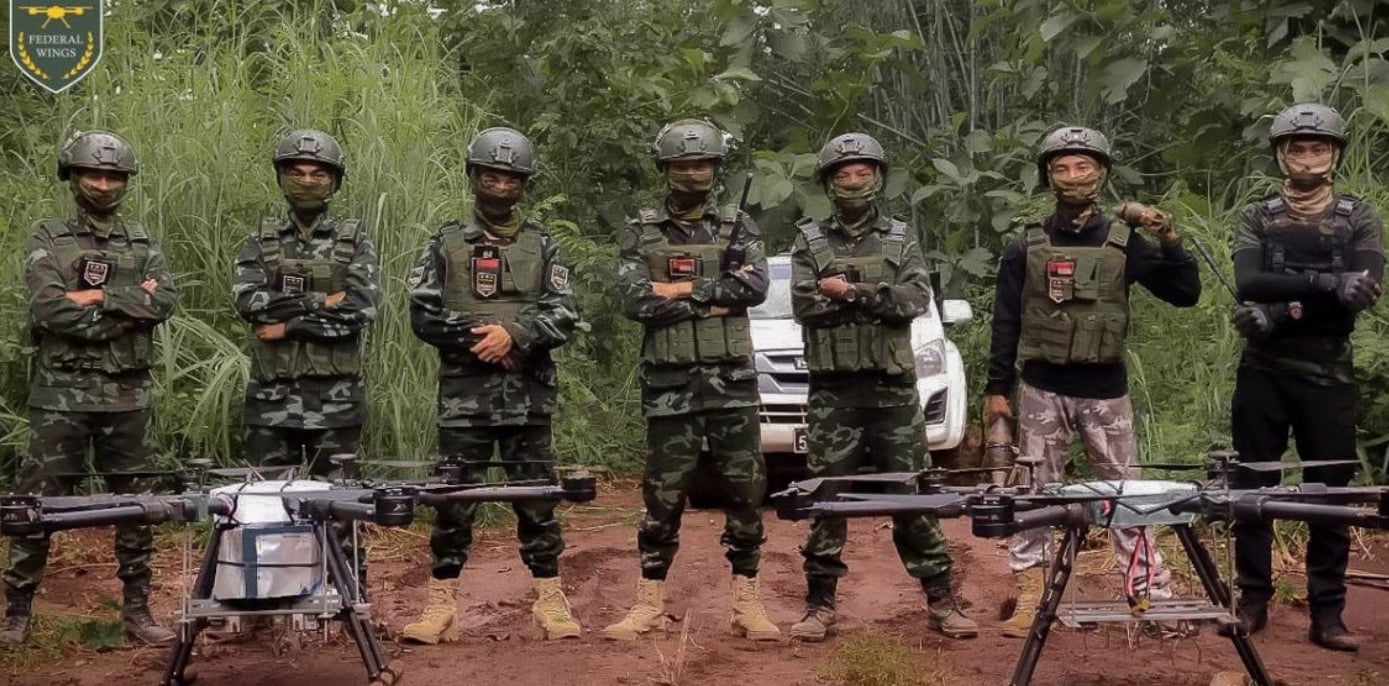

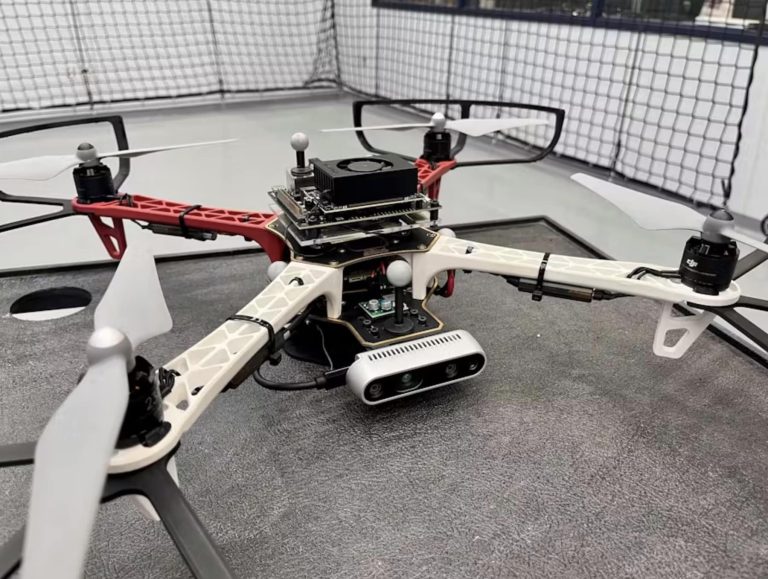


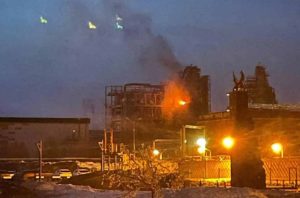
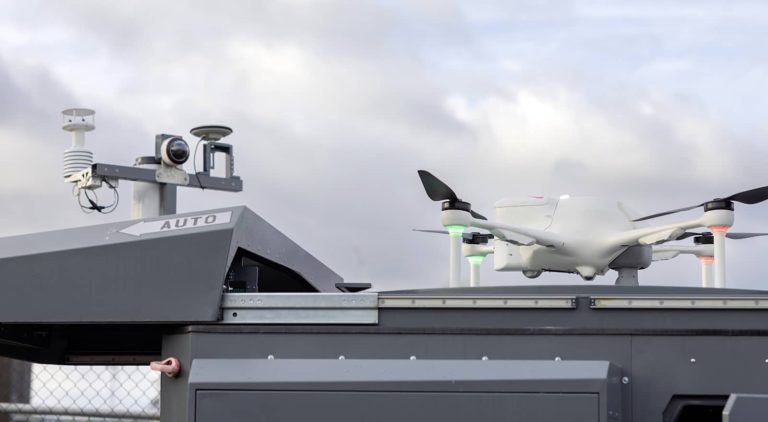


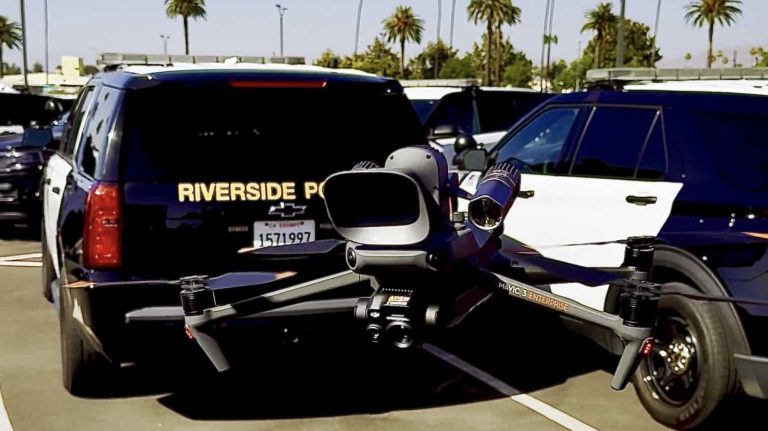
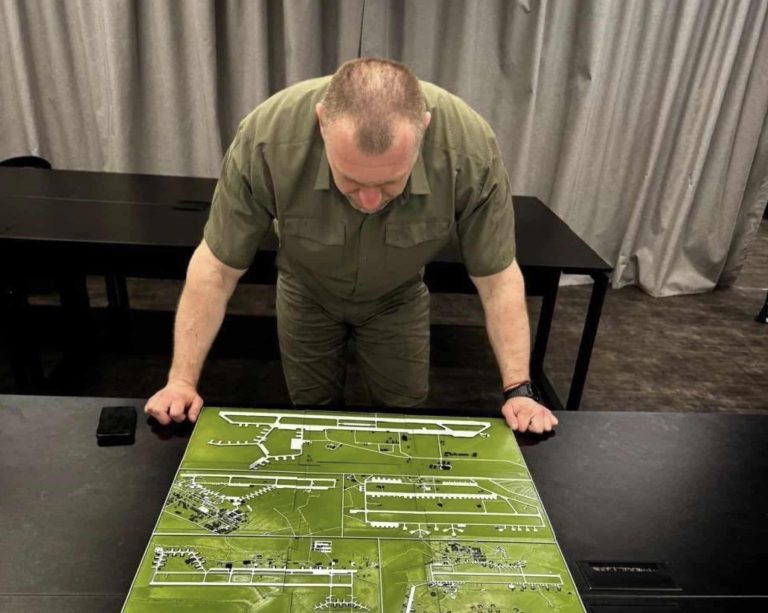
+ There are no comments
Add yours